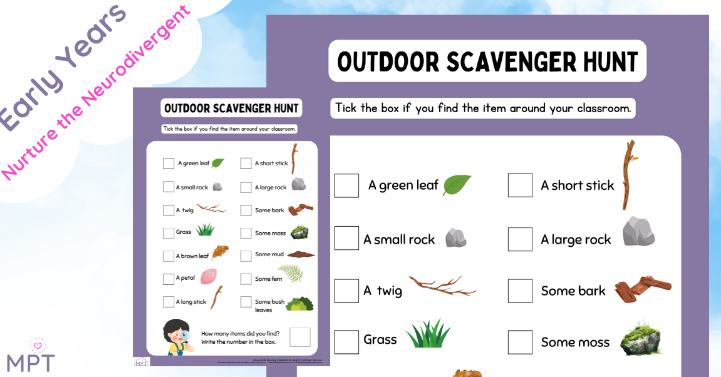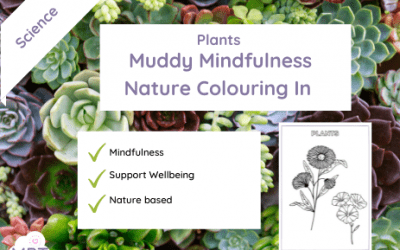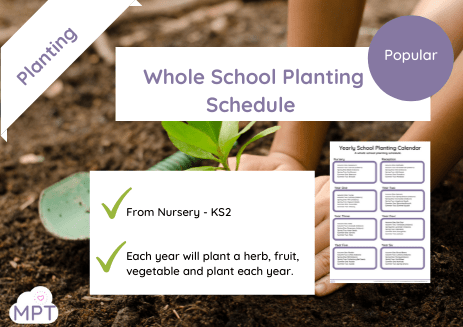Bring nature in using our new Nature Display range. These sleek nature posters will help children feel at peace inside...
Colour in Nature Sheets (Robin)
Mar 7, 2022
Use our super popular Colour in Nature Sheets (Robin) to help your children take some time out with nature using this...
Colour in Nature Sheets (Sunflower)
Mar 7, 2022
Allow some colouring-in time to connect with nature and have a chance to be mindful. Outdoor learning also involves...
Class Weather Chart (Daily)
Mar 7, 2022
Use this handy Class Weather Chart to record the weather daily but also find time to reflect on why weather happens...
Nature Shapes (Tuff Spot Matt)
Mar 3, 2022
Use our Lead Dominoes to play Dominoes the natural way, perfect for early years outdoor activities and outdoor...
Sensory Walk in Nature
Feb 28, 2022
Counting Numbers to 20 in Nature
Feb 28, 2022
Muddy Yoga Display Cards
Feb 27, 2022
Muddy Yoga Growth Mindset
Feb 27, 2022
Use Muddy Yoga Growth Mindset (Free Pack) to take your yoga outside.
Bugs (Mini beasts) Mindfulness Colour In
Feb 27, 2022
The Benefits of Mindfulness Colouring Sheets for Children In an increasingly fast-paced and digitally-driven world,...
Plants Mindfulness Colouring In
Feb 27, 2022
Use Plants Mindfulness Colouring In as part of your Science learning or as a brain break to help children be mindful...
Earth Day – Nature Mindfulness Colouring In
Feb 27, 2022
Use Earth Day - Nature Mindfulness Colouring In to take some time out to focus on the world. Allow the children some...
Science Week – Nature Mindfulness Colouring In
Feb 27, 2022
Download Science Week - Nature Mindfulness Colouring In, to put a sustainable focus on the children's learning this...
(FREEBIE) Leaf Dominoes
Feb 15, 2022
Fancy a game of Leaf Dominoes? Use real leaves to have fun subatising and learning more about numbers. Works well in...
Pebble Dominoes
Feb 15, 2022
Fancy a game of pebble Dominoes anyone? This fun and interactive game will help children gain sensory experiences...
Whole School Yearly Planting Calendar
Feb 10, 2022
Make a Nature Heart
Feb 9, 2022
How to make a Flower Press (Home Learning)
Feb 8, 2022
New In

Outdoor Learning Colour Scavenger Hunt

Outdoor Learning Scavenger Hunt (Toddlers)

Outdoor Learning Scavenger Hunt

Bug Outdoor Learning Scavenger Sheet

Outdoor Learning Activities for Nursery – Resource Pack

Outdoor Learning Safety Poster

Outdoor Learning Risk Assessments: (Handout)

Outdoor Learning Safety Advice (CPD Handout)

Outdoor Learning CPD Guidance (Handout )




















